Happy Holidays from Promega employees around the world! This holiday season we are excited to share with you the kinds of celebrations we enjoy in the many countries that comprise the Promega family. We hope you feel more connected by reading about the festive customs, foods, symbols and events celebrated in countries that may be far from your own home. Here they are, in the words of our marketing and technical services colleagues.
Please note this is Part I of a two-part blog post. Please look for Part II to be posted on December 25, and have a wonderful holiday!
Italy
Maura Bozzalli, Marketing Manager
Christmas is very important in Italy, not only because we are the country with the Pope, but also, as in the rest of the world, it is a day dedicated to the family and the children. The celebration starts with dinner on Christmas Eve and goes on with the lunch on Christmas Day with gift exchanges as well.
But Christmas is not a real Christmas without a Panettone on the table. Panettone is a special sweet/dessert, not a cake, not a bread, and not anything else – it is Panettone! It has a rounded and very tall cylinder shape (20 cm), and originally it was from the Milan area but now it has spread out all over the country. As is typical of our country, each region has created its own version of the original recipe and of course claims that it is the best one! 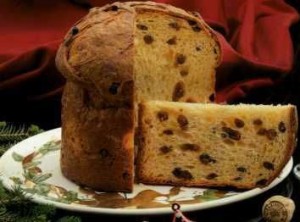
Panettone takes more than two days of work to be done because it requires a long time for rising (10-12 hours) twice. Another typical note about its preparation – after cooking in the oven it is removed with a long fork and placed upside down for at least 5-10 hours until cold to prevent the humidity inside the Panettone from causing it to collapse. That is why it is saved for very special occasions like Christmas, and after so much work and time it is a pleasure to share it with the people you love. Today, not many people make it themselves at home; instead Panettone is bought in shops but the taste and the tradition is still very lively.
Here all the ingredients needed to make a real Panettone: water, flour, salt, eggs and egg yolk, milk, butter, sugar, candied fruit (orange and citron), raisins, vanilla, and yeast. The official recipe is in Italian, but this tutorial can help you make a Panettone if you want to try for your own very special 2015 Christmas.
Continue reading “Happy Holidays from Worldwide Promega”
Like this:
Like Loading...
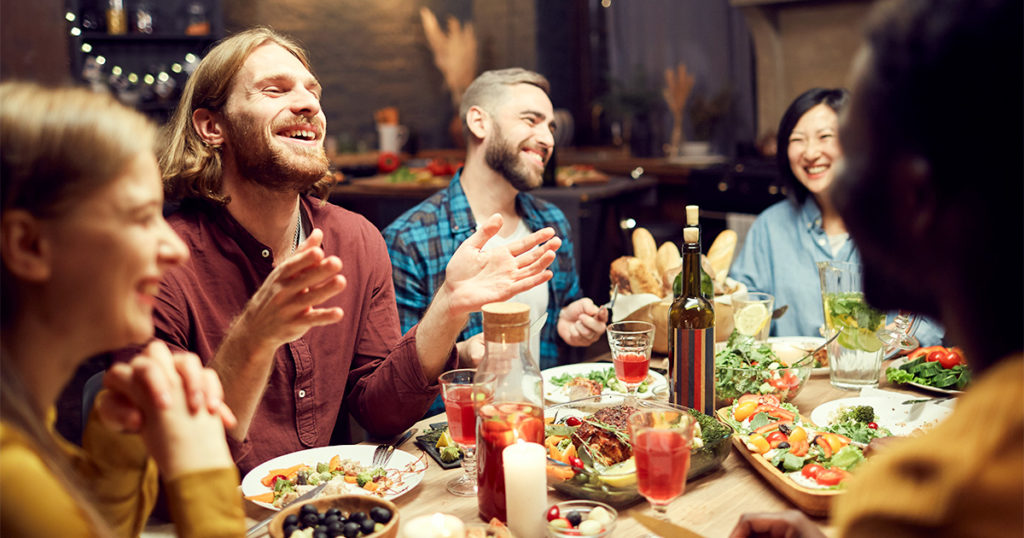
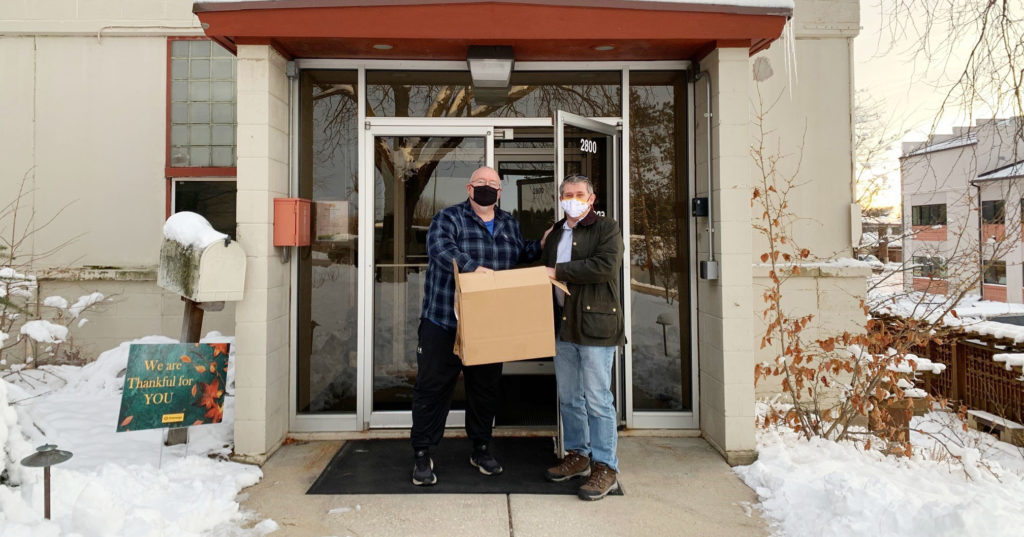
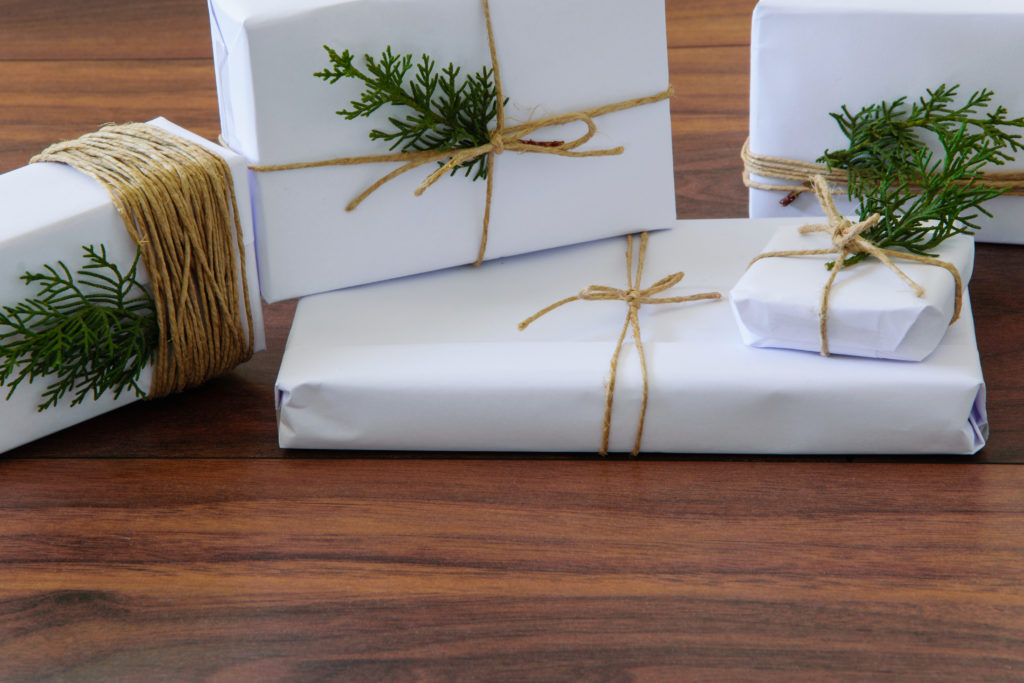
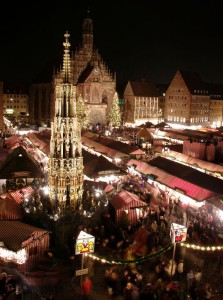 During the Christmas period, the Weihnachtsmarkt (Christmas market) becomes a feature of almost every city in the German-speaking countries, town or village, where visitors enjoy stalls, entertainment, and savour food and Glühwein (mulled wine). Famous Christmastime treats include Lebkuchen (gingerbread), Stollen (fruit cake), and Marzipan (confectionery often made into sweets).
During the Christmas period, the Weihnachtsmarkt (Christmas market) becomes a feature of almost every city in the German-speaking countries, town or village, where visitors enjoy stalls, entertainment, and savour food and Glühwein (mulled wine). Famous Christmastime treats include Lebkuchen (gingerbread), Stollen (fruit cake), and Marzipan (confectionery often made into sweets).
